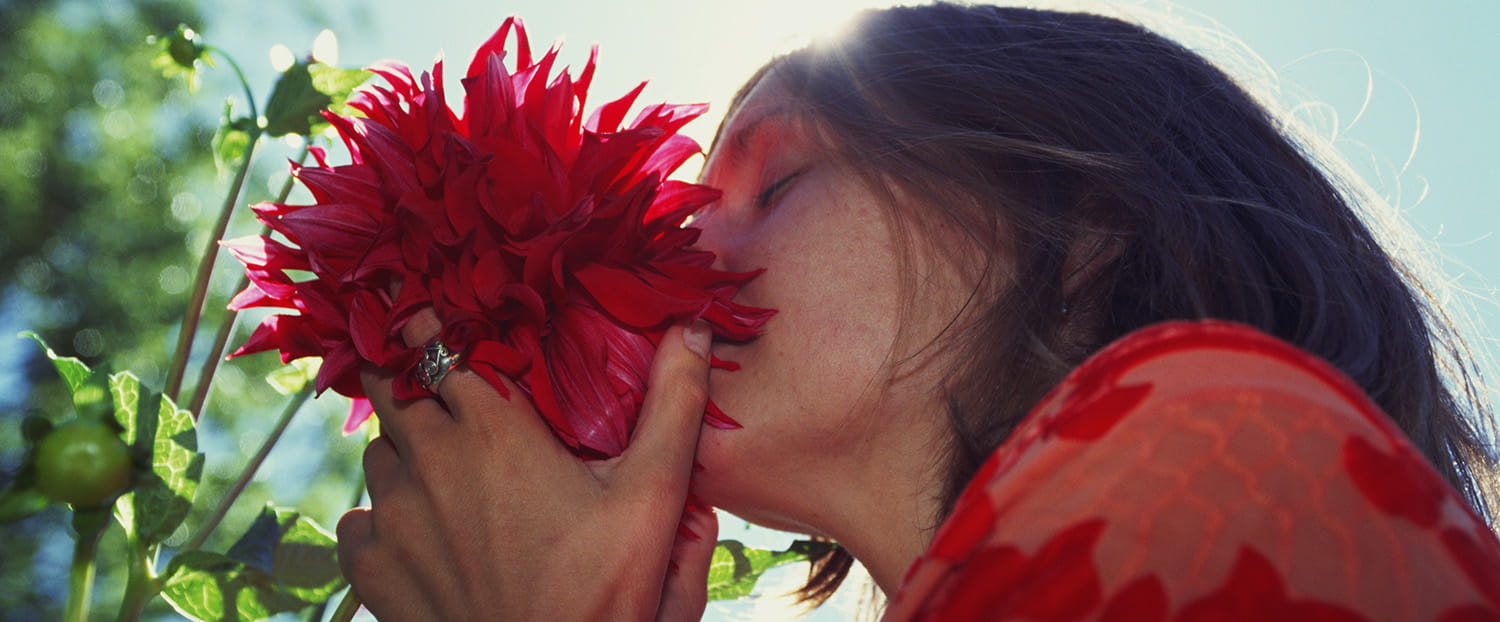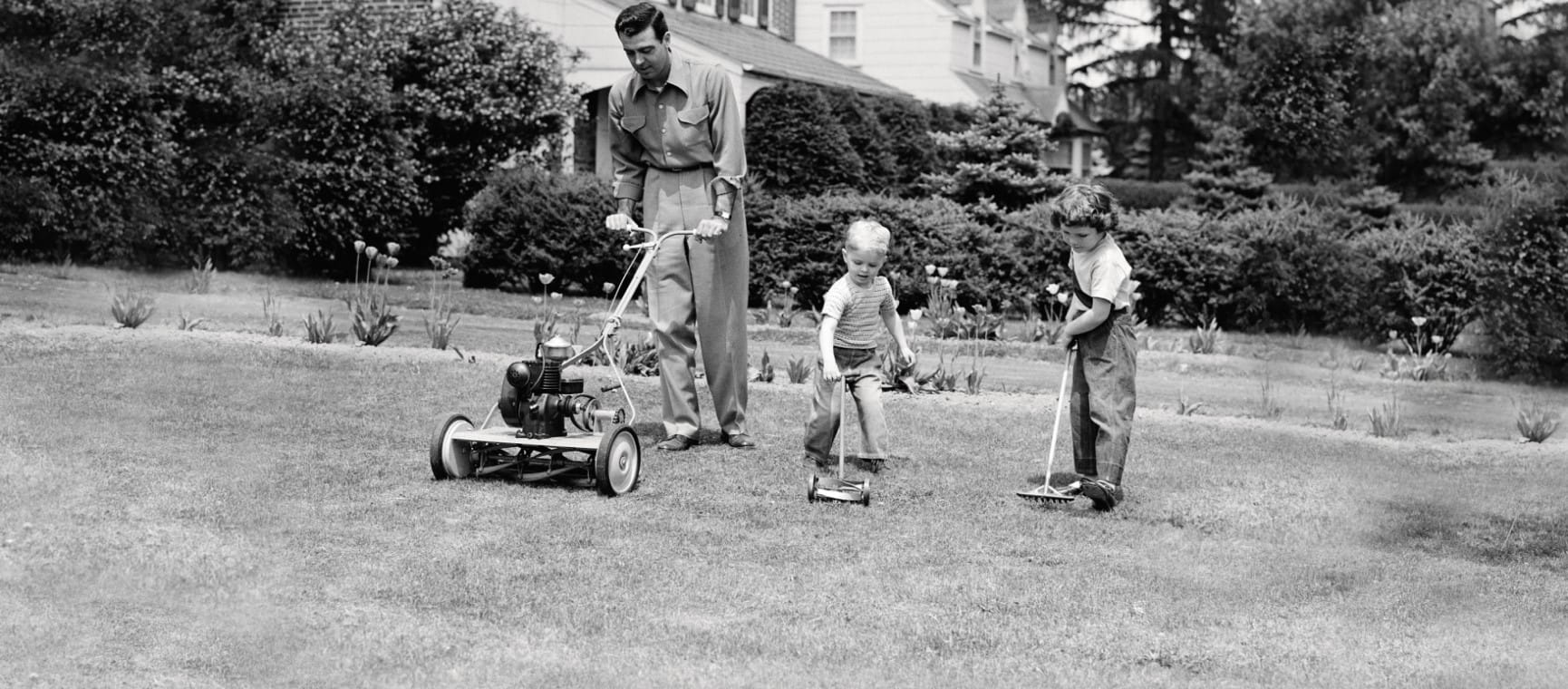When and how to prune lavender
Lavender is a garden favourite but needs pruning to keep it in shape. We ask the experts how and when to prune lavender to help it thrive.

Lavender is a garden favourite but needs pruning to keep it in shape. We ask the experts how and when to prune lavender to help it thrive.

Lavender is one of my go-to staples in the garden.
Not only does it have beautifully fragrant flowers and aromatic foliage, but it is also drought-tolerant and the perfect choice for our increasingly hot, dry summers. And as a bonus, its silvery grey leaves also look pretty when it’s not flowering.
But to get the most out of this beautiful shrub and its array of purple, blue, pink or white flowers, it needs to be pruned at the right time to help it thrive. From personal experience, when I’ve left my own lavender unpruned, it’s led to a woody base that splits and looks unsightly.
So a little pruning will go a long way to extend the life of your lavender and keep it in top condition. Here’s what the top gardening experts advise to keep lavender looking luscious.
It keeps it compact and healthy
We spoke to Guy Barter, chief horticulturist at the RHS, to ask why lavender needs pruning.
“Left to its own devices, lavender gets scraggly after just a few years, with woody stems that produce less and less leaf and flower,” says Barter. “Pruning delays this and keeps the bush looking attractive for many years.” Pruning can certainly extend the life span of a plant, according to the Thompson & Morgan website: “When properly pruned, some varieties of lavender can last up to 20 years.
Left untouched, it soon becomes shapeless and woody, with few flowers and long, bare stems. “If you don’t prune, you’ll get a much wilder looking plant – it will become unruly, with gaps and patches inside,” says John Myers, head gardener at the National Trust’s Ham House and Garden in Richmond.
“If you’re looking for a more formal shape or to keep the plant within certain boundaries,” he adds, “it’s best to prune.” Apart from keeping your lavender in shape, Myers says that pruning will also help to encourage good flowering next year – a must for those gardeners who like to harvest and dry the lavender buds.

Lavender is ready for pruning during August
While some gardeners suggest pruning in mid-spring before growth begins, Barter says: “Pruning after the flowers have finished in late summer works well for us at RHS Garden Wisely.”
Myers agrees, telling us: “We start to prune around August once the flowers have finished.” Pruning at this time has a double advantage if the flowers are past their best, but not brown.
“You can cut and save your flowers for pot pourri or for putting into bunches whilst pruning at the same time,” says Myers.
Cut back and shape to invigorate new growth
Barter suggests using a sharp pair of secateurs or snips, although he does say that “some busy, but steady-handed and bold gardeners use shears or even hedge trimmers.”
Your cutting tool will also depend on the size of your plant. If your lavender is small, you’ll want to opt for some garden snips or secateurs, but if you’ve grown your lavender into a hedge, you’ll need something larger, like shears.
To guarantee a good clean, healthy cut on the plants, it’s worth sterilising your cutting tool of choice before use. Simply clean them with rubbing alcohol or bleach, before rinsing off and drying.

“Start by cutting off the old flower stalks,” says Myers, “and as long as you’re cutting into the soft wood, it’s quite easy to cut.” You can then start to give the plant a nice shape by removing the leggy branches. This will help the plant appear fuller and will leave it in a good place to develop a new flush of flowers next year.
You’ll get the best result if you cut into the soft wood rather than the old wood, as this way you’ll be leaving new shoots that will bud and make more growth and flowers next year. Barter recommends leaving 25mm (one inch) of new growth when pruning.
However, if you do cut into the old wood, it’s not a disaster. “You’ll get a bit of a gap and it won’t necessarily grow back as quickly as the soft growth,” explains Myers. And it may also limit the flowering the following year.
Although most of us won’t have the extensive area of lavender that Myers takes care of at Ham House and Garden, we can still learn a trick or two from how he shapes his plants.
To create a neat, mounded shape, Myers uses a template made of two lengths of wire cut to an equal length. The wire is shaped into two arches and joined to make four quarters at 90°.
“We place the template into the plant and then cut it in quarter sections,” he explains, “meaning we end up with a lovely mound of lavender.”
Is it wise to prune new lavender? “I’d avoid pruning it during its first year or so to let it settle in.” says Myers. “Allow it to get to the size you want and then give it a prune to tidy it up.”

Is your lavender hardy, half-hardy or tender?
Myers says that most of the lavender varieties we commonly grow are hardy, examples of which are Lavandula angustifolia ‘Hidcote’ and Lavandula angustifolia ‘Munstead’, which he grows himself at Ham House and Garden.
Garden expert Sarah Raven suggests that the half-hardy, French lavender, Lavandula stoechas ‘Sancho Panza’, works well in a variety of different gardens.
“It’s an excellent seed-grown lavender, it’s super-early to flower and lasts from May right through summer.” She adds: “Trim it back after flowering or in the following spring to maintain a compact habitat, which will prevent it from becoming overgrown.”

Rekha Mistry shares her top vegetables to grow in your garden all year round.

We explain the science and have 7 of the best scented plants for your garden.

From robot mowers to electric pruning shears, spruce up your outside space with four of the best garden gadgets

Our expert pruning and watering hacks include a top tip to keep them flowering from Alan Titchmarsh.

Don’t make these bird-feeding mistakes. Expert advice on how to feed birds in your garden safely.

Blighted by buzzing? How to keep wasps out of your garden without harming them so you can enjoy the summer.

The ways you could be breaking the law in your back garden - with expert advice on how to avoid neighbour disputes, a fine or even a prosecution.


Everything you need to know about Japanese knotweed, the fast-growing plant nobody wants in their garden.